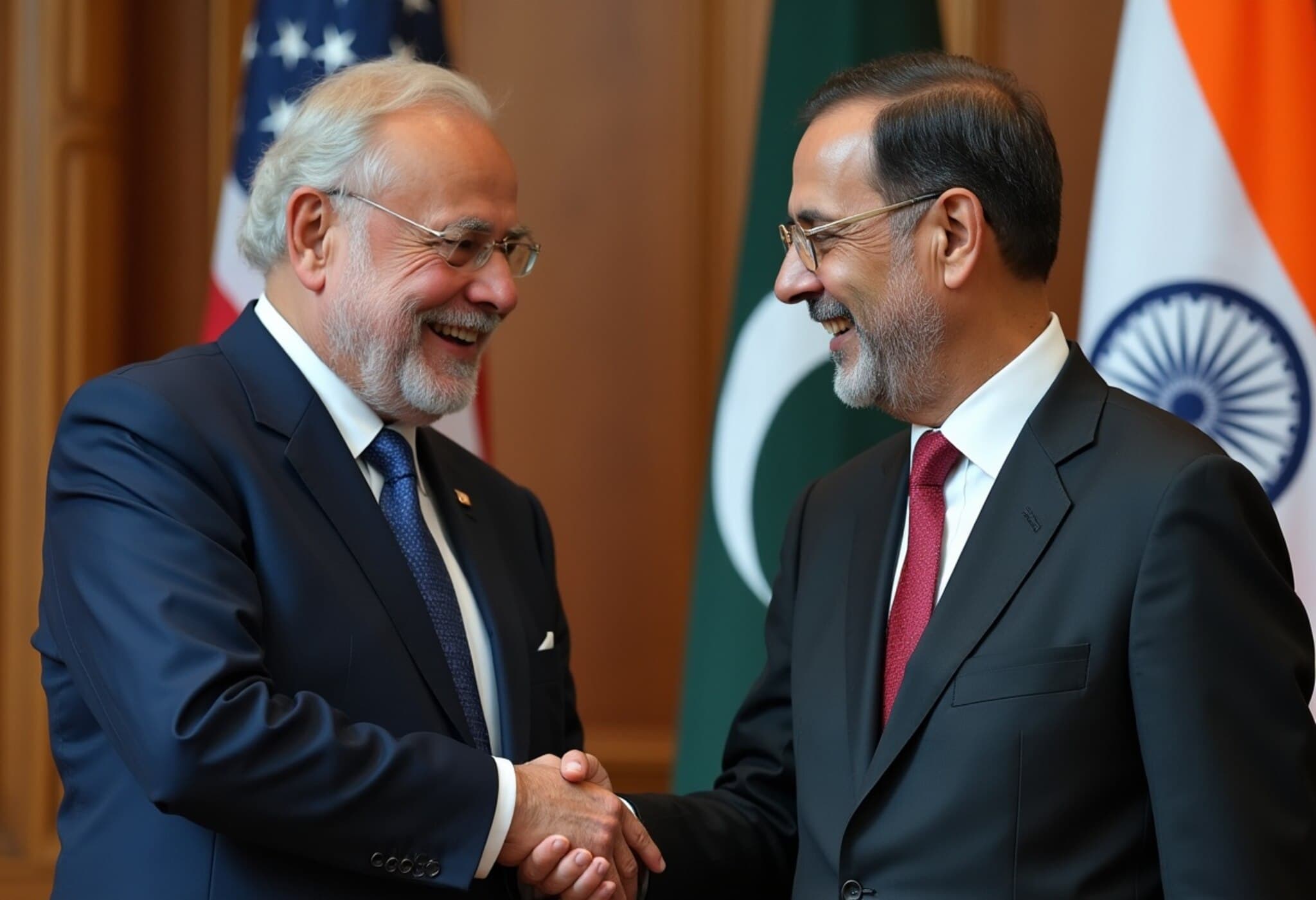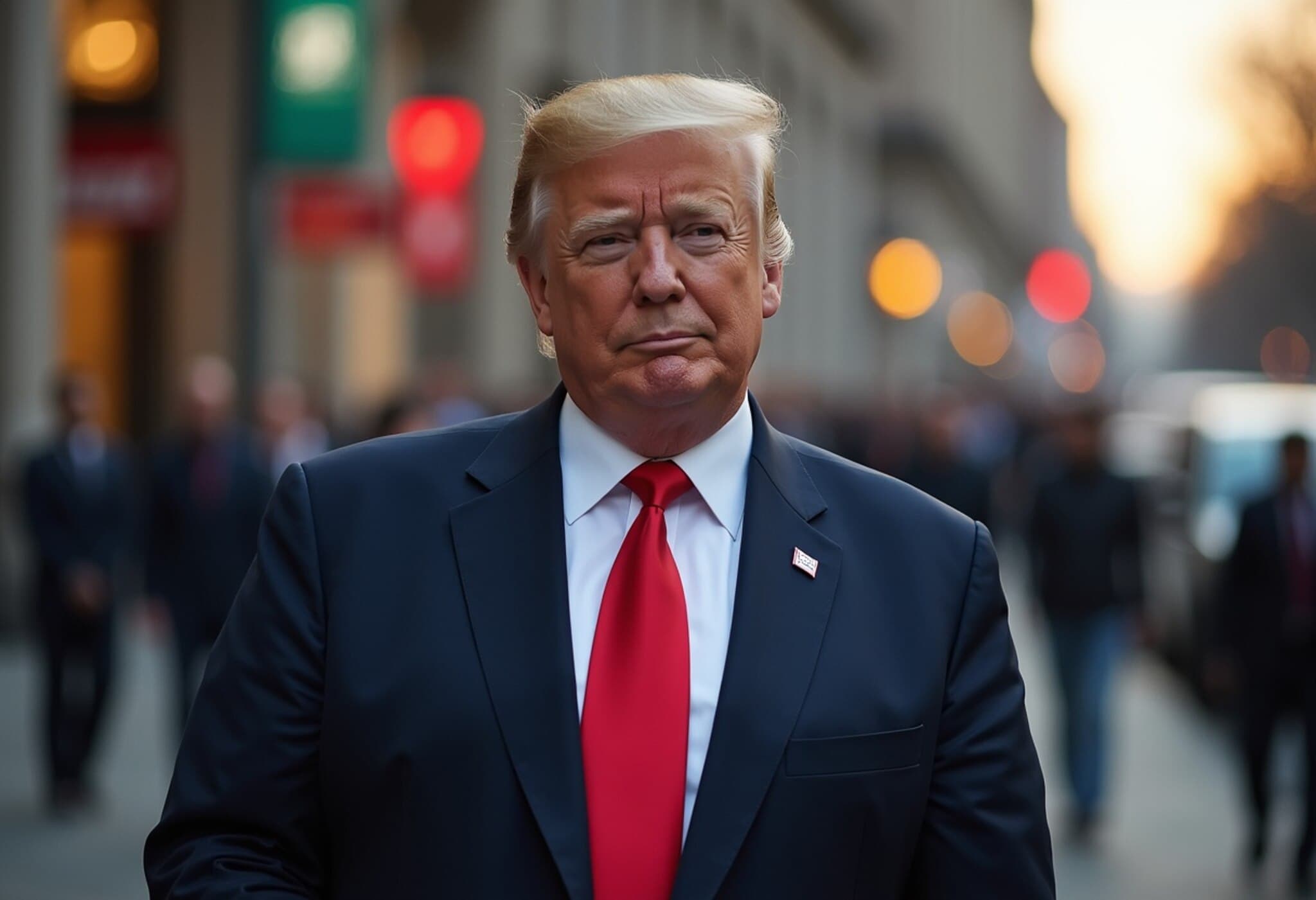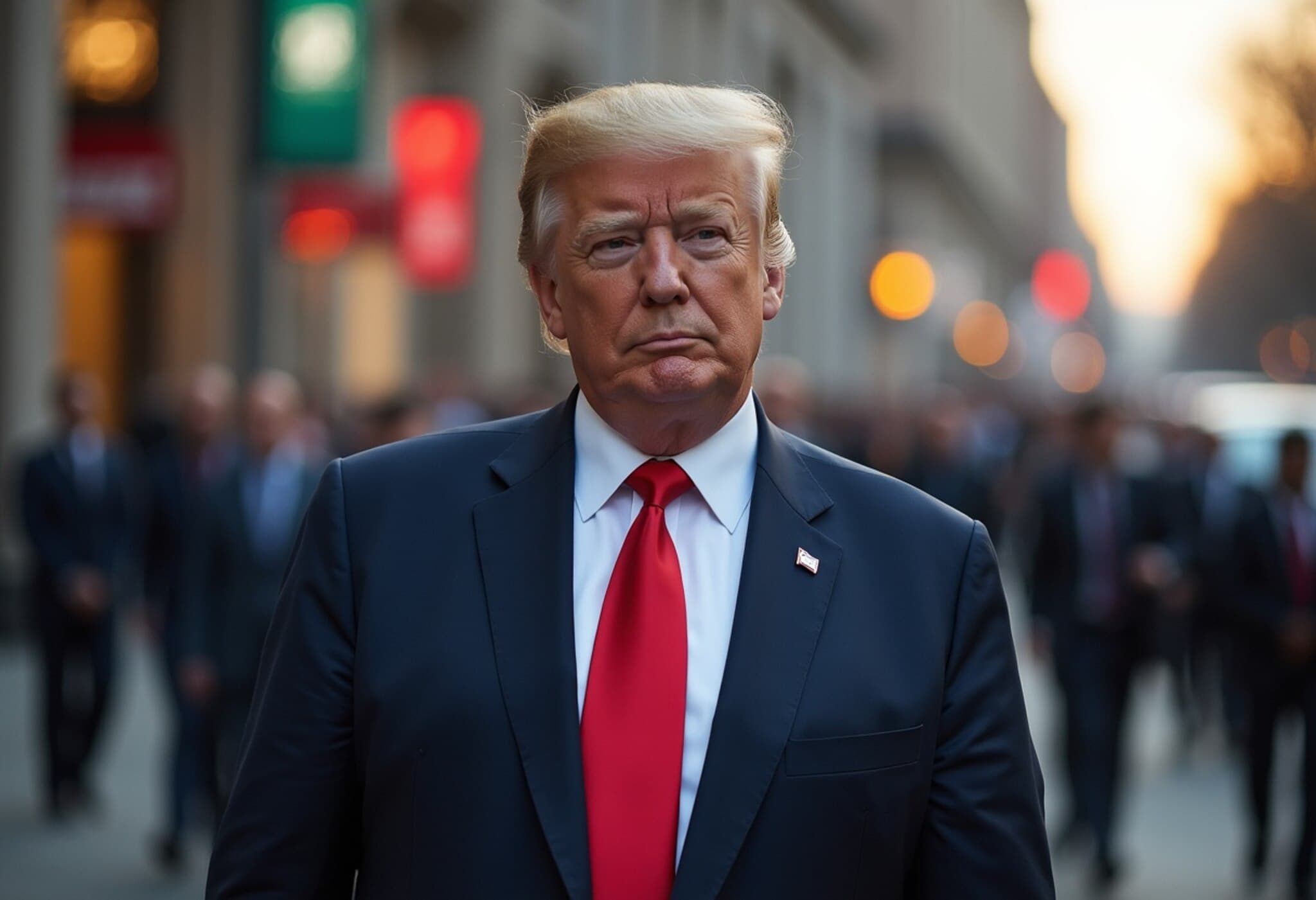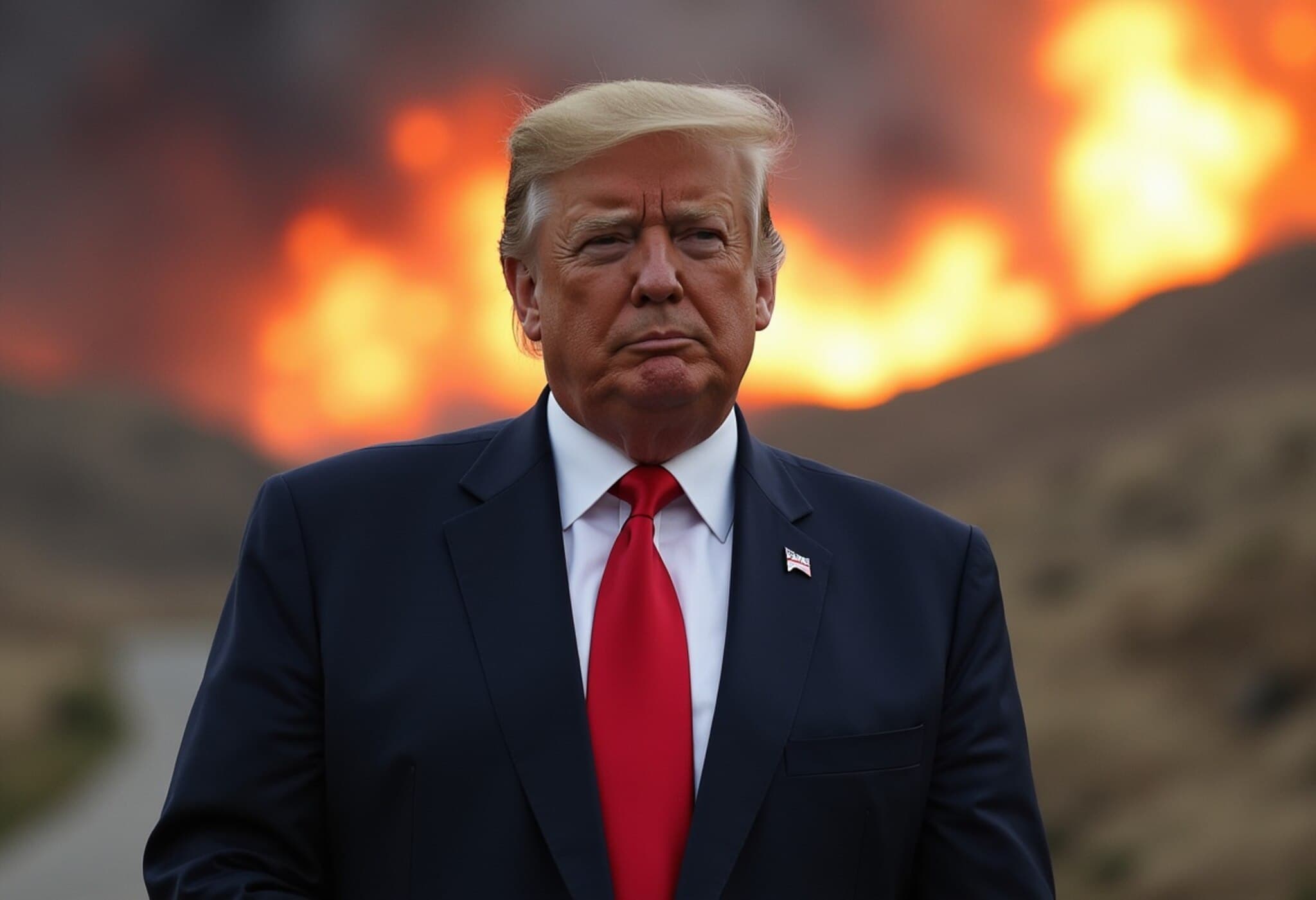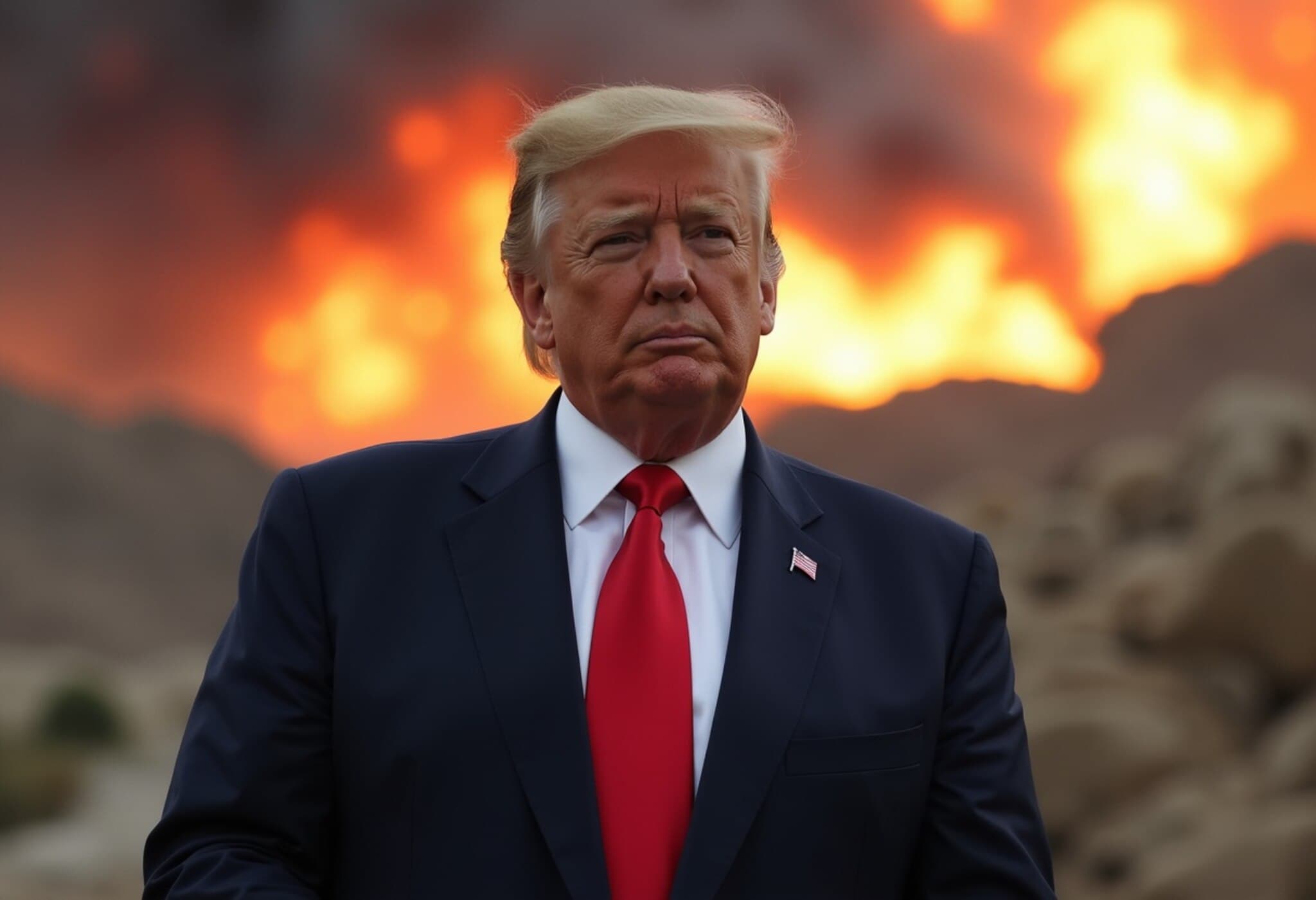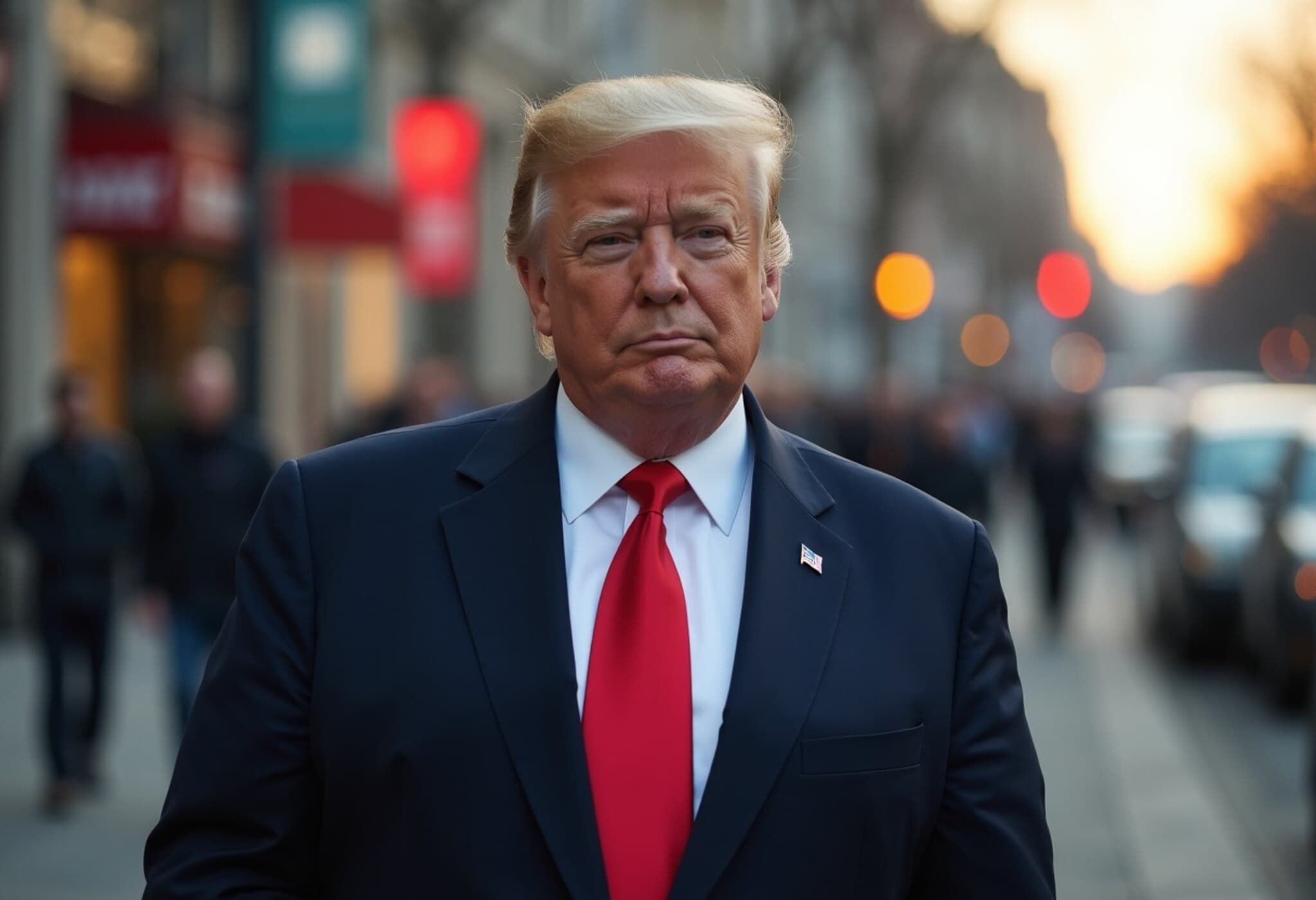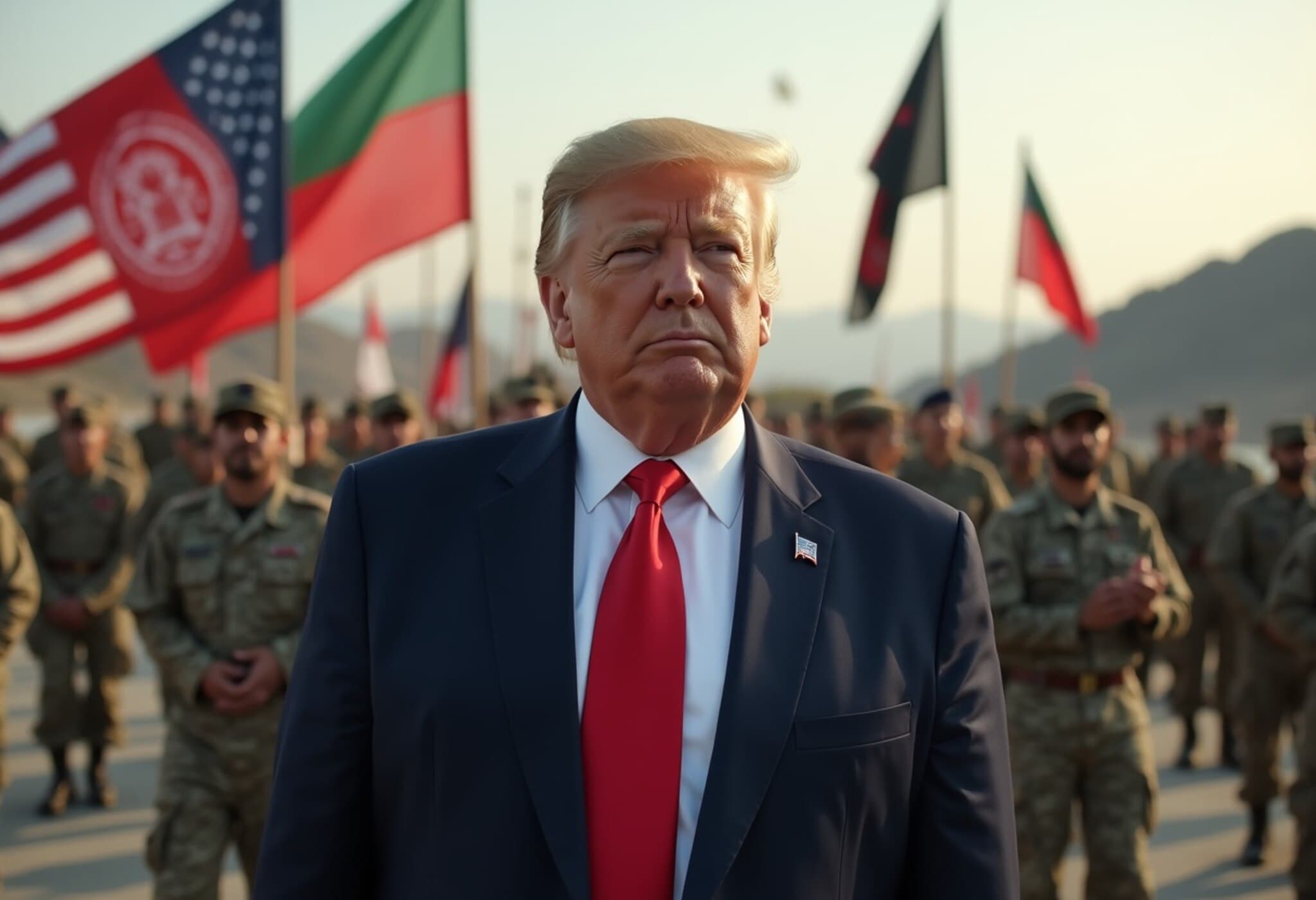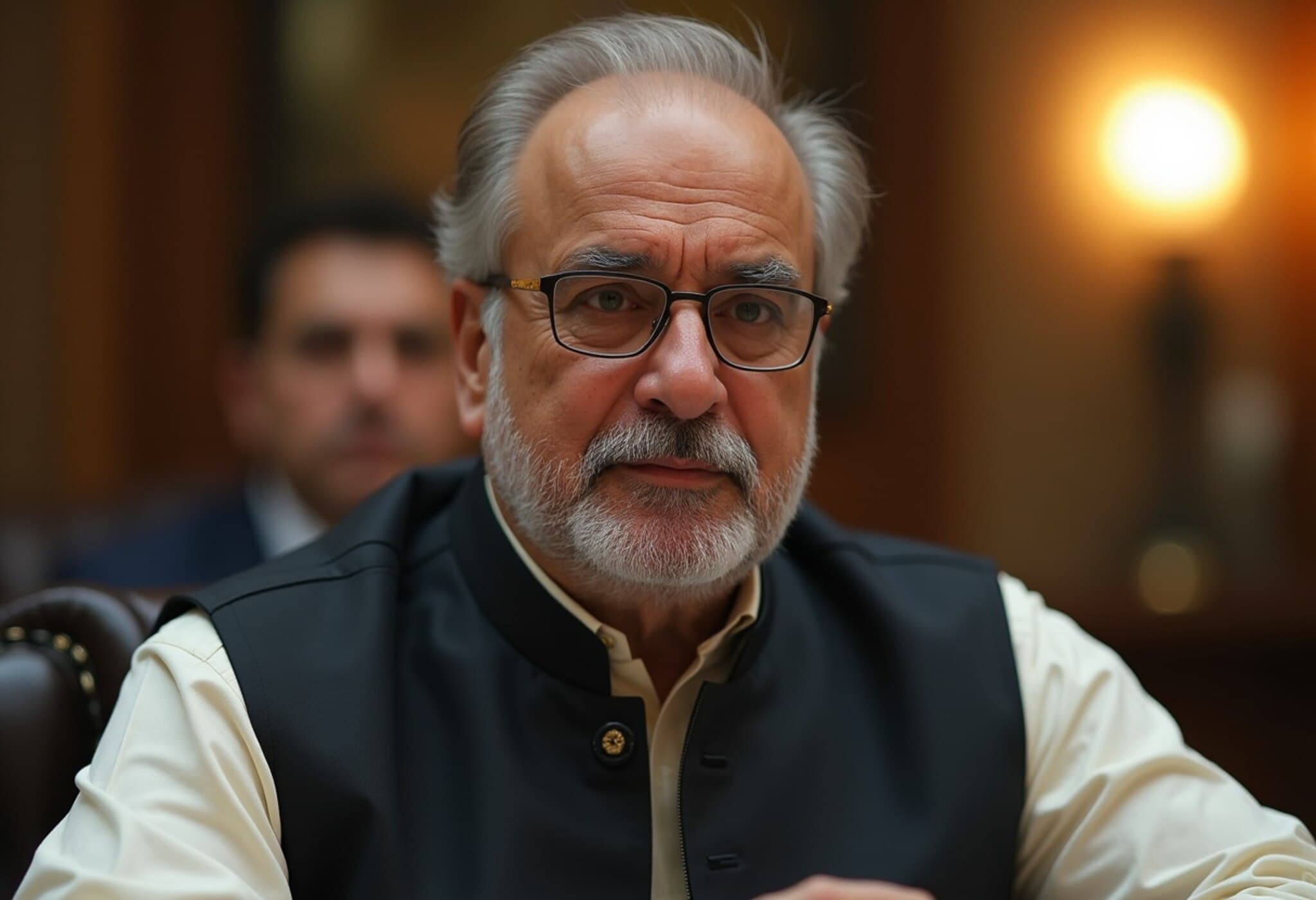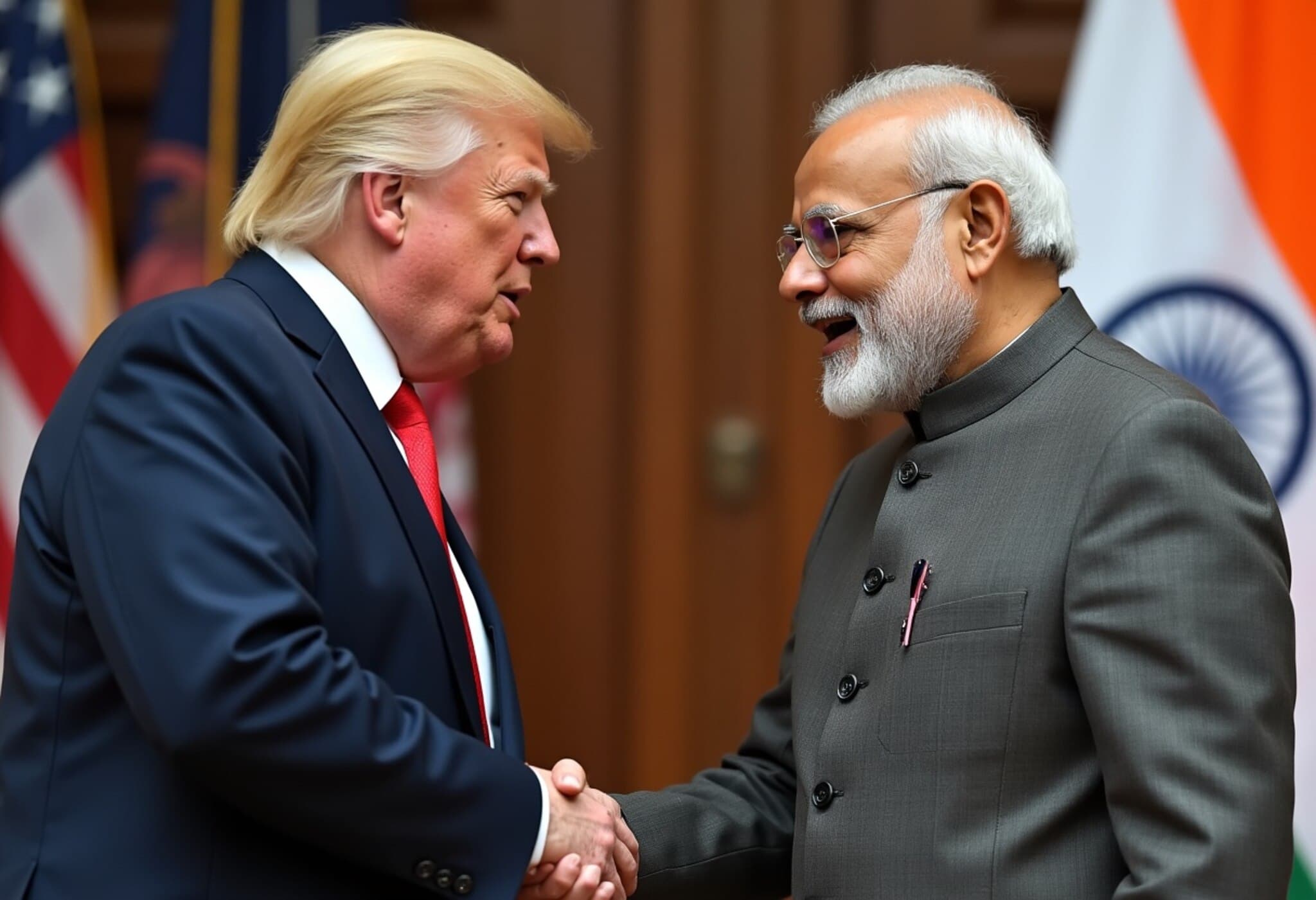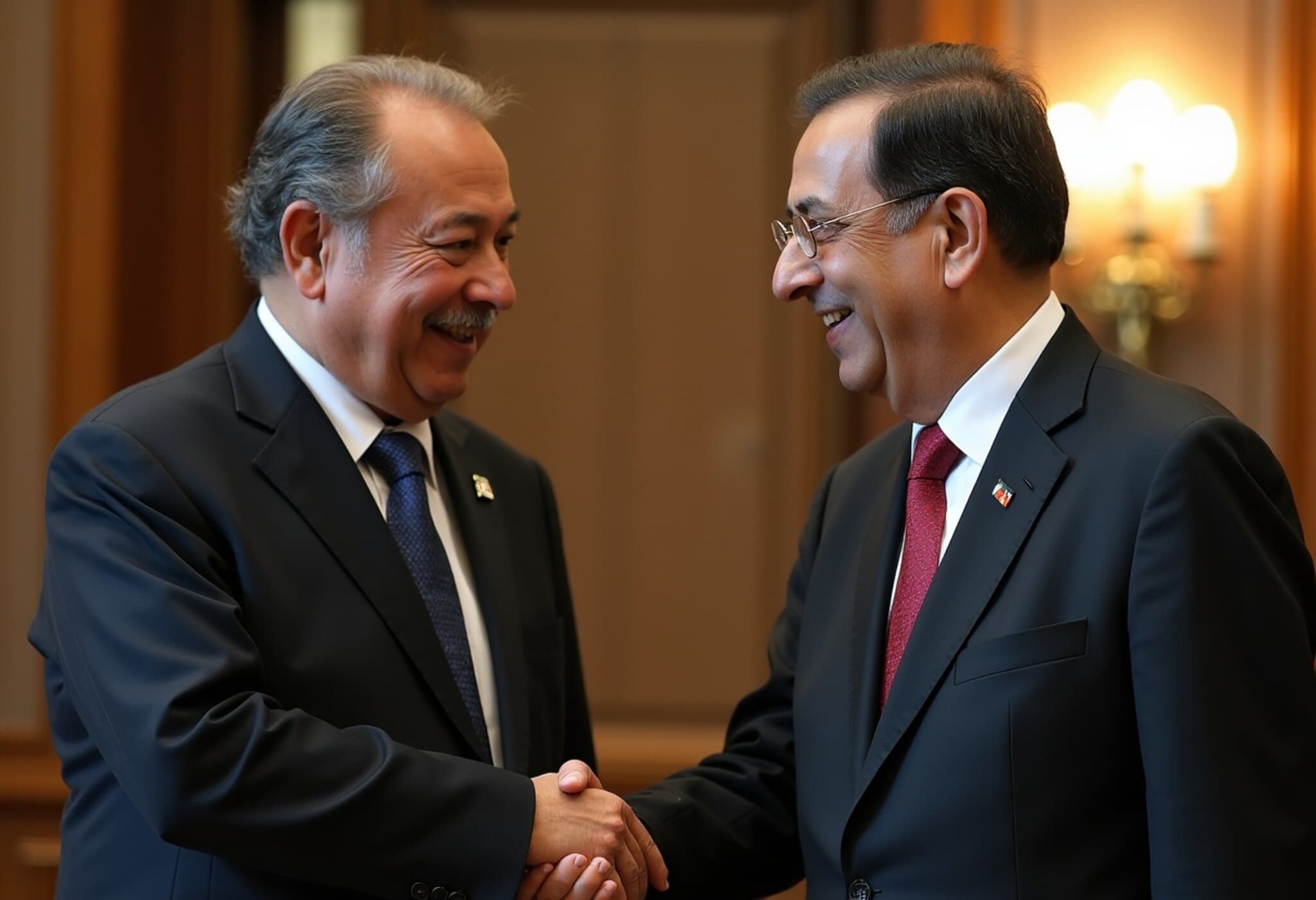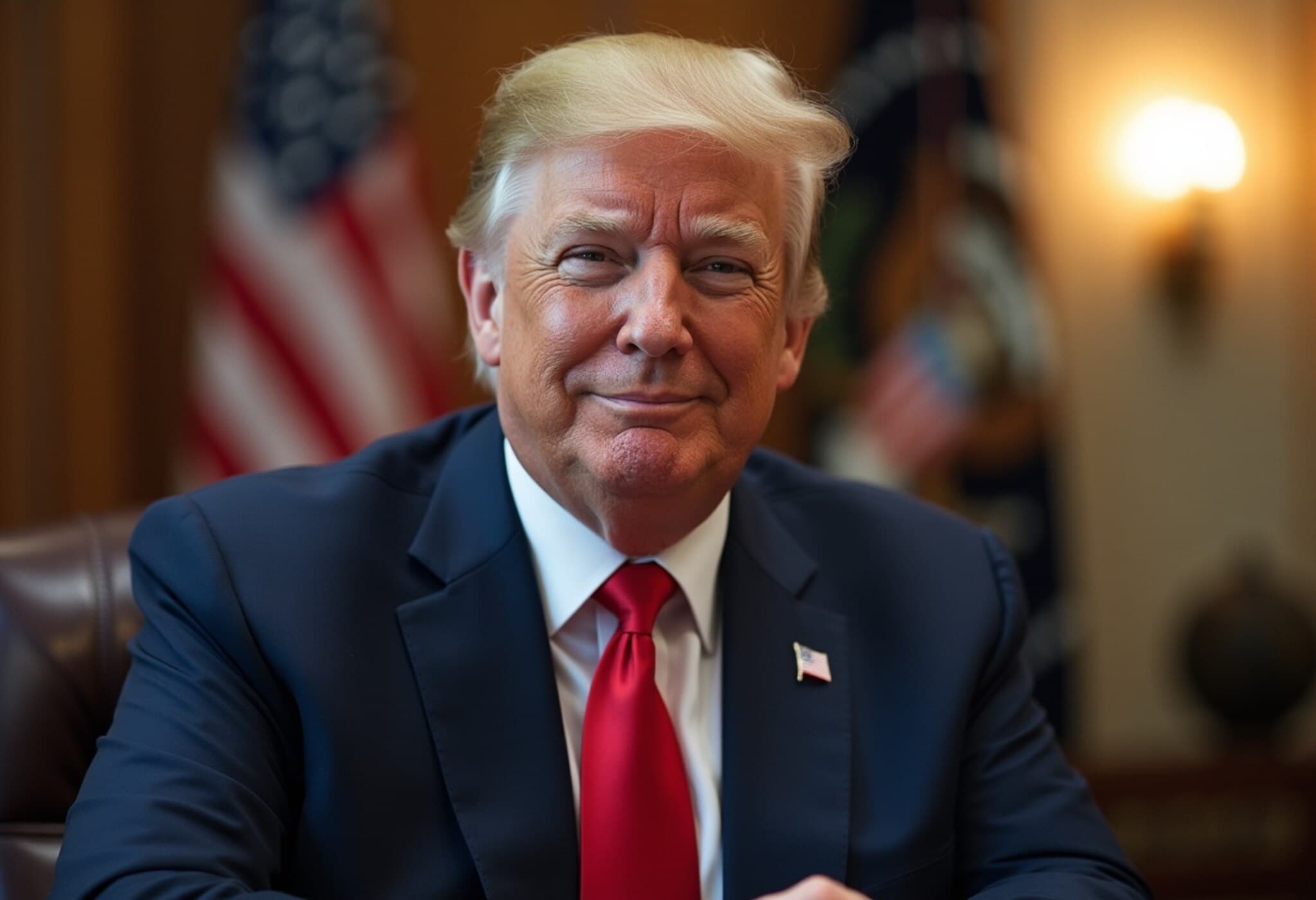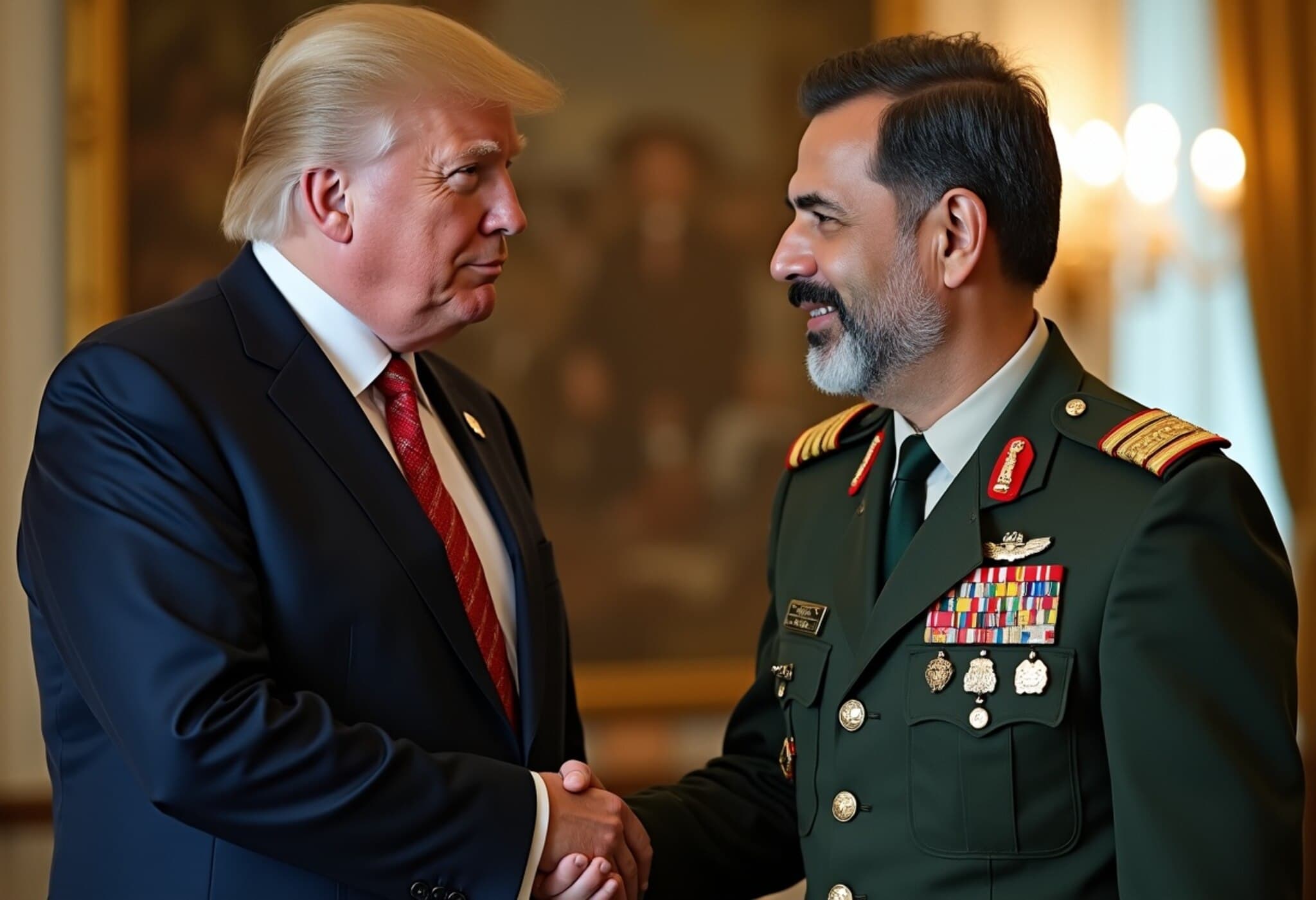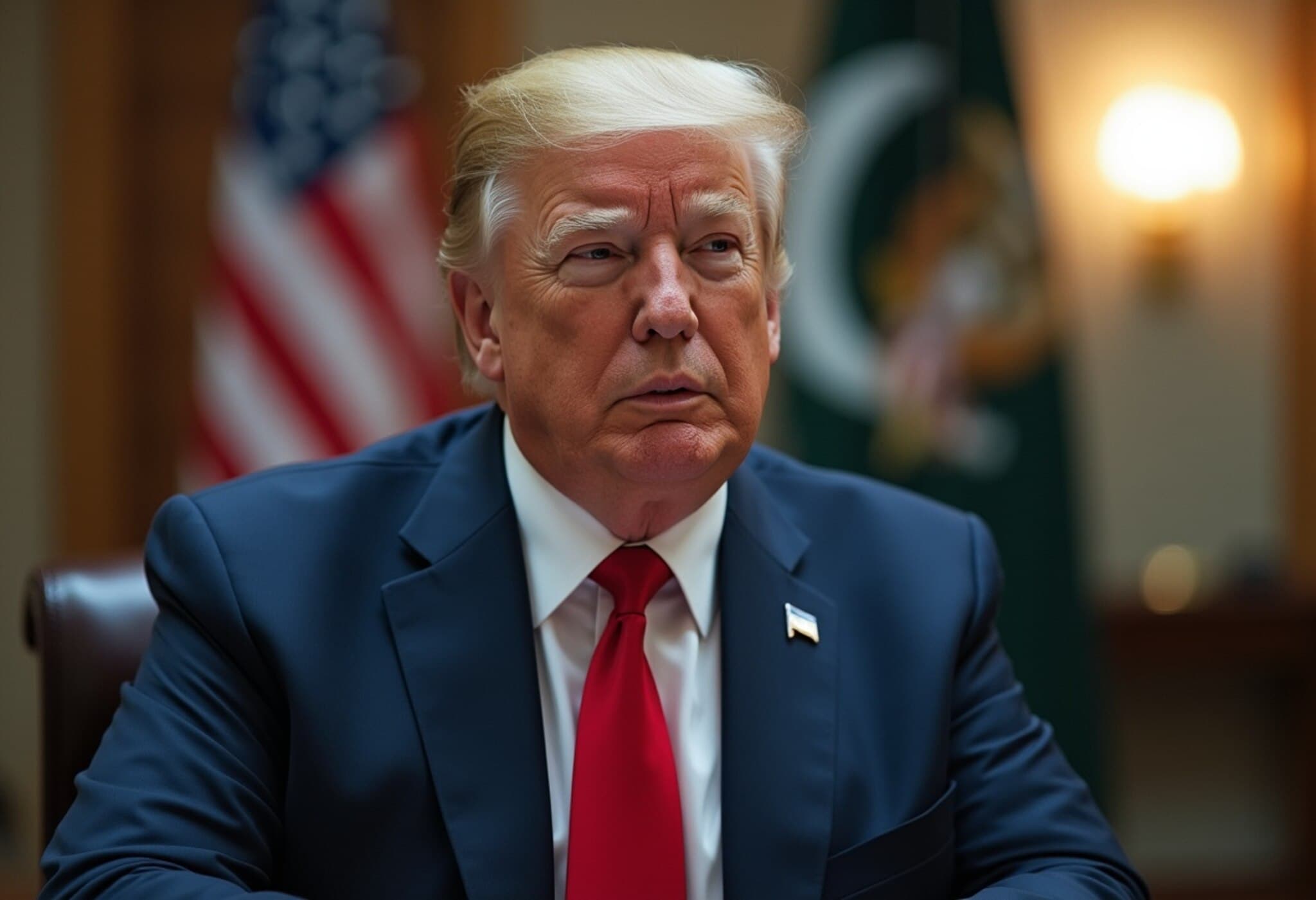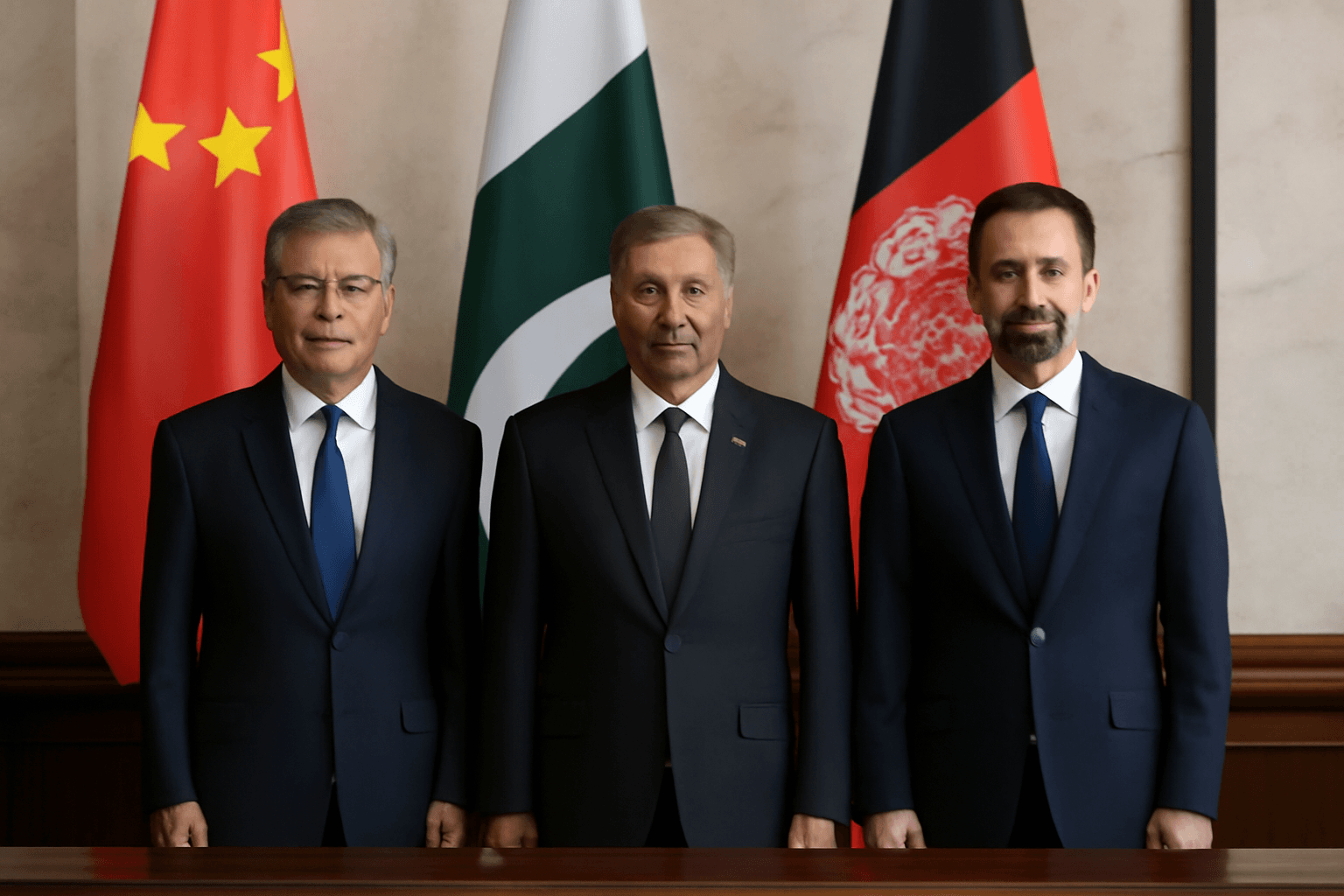US Reaffirms Unchanged Diplomatic Relations with India and Pakistan
In a climate marked by complex geopolitical shifts, the United States has publicly confirmed that its relationships with both India and Pakistan remain steady and unchanged. This announcement comes despite recent tensions surrounding trade tariffs imposed by the Trump administration on India and contentious remarks made by Pakistan's army chief during his recent visit to the US.
Context of Growing Trade and Security Tensions
State Department spokesperson Tammy Bruce emphasized that American diplomats are fully committed to maintaining strong ties with both nations. This reassurance arrives against the backdrop of President Donald Trump's decision to levy new tariffs on India, citing concerns over its trade relationship with Russia—an action that initially rattled New Delhi–Washington economic relations.
Meanwhile, relations with Pakistan have seen a nuanced shift. The US and Pakistan finalized a deal to collaboratively develop Pakistani oil reserves, signaling a potential area of economic partnership amidst broader strategic concerns.
Addressing Provocative Statements from Pakistan’s Military Leadership
Adding complexity to the diplomatic landscape, General Asim Munir, Pakistan’s army chief, recently made headlines for allegedly warning during his visit to Florida that Pakistan would consider nuclear options against India—and potentially “half the world”—if it perceived an existential threat. His visit marked the second to the United States in less than two months, highlighting Islamabad’s sustained efforts to engage with Washington.
Historical Perspective: US Role in Defusing India-Pakistan Crises
In her briefing, Bruce reflected on how the US successfully managed past India-Pakistan conflicts that risked escalating into catastrophic violence. She highlighted swift interventions by Vice President J.D. Vance, President Trump, and Secretary of State Marco Rubio, who coordinated efforts to de-escalate tensions through diplomatic channels.
“We described the nature of the phone calls and the work we did to stop the attacks, bringing the parties together to create something enduring,” Bruce recounted. “It’s a very proud moment that Secretary Rubio, Vice President Vance, and our top leaders were involved in preventing a potential catastrophe.”
This historical context underscores the US’s continued interest in promoting stability on the subcontinent, despite occasional political headwinds.
Ongoing Cooperation on Counter-Terrorism Efforts
Notably, recent talks in Islamabad between US and Pakistani officials reaffirmed a shared commitment to combating terrorism in all its manifestations. Both sides discussed practical steps to deepen counter-terrorism collaboration, recognizing the broader implications for global and regional security.
As Bruce noted, “For the region and for the world, the US working with both these nations is good news and will promote a future that’s beneficial.” This statement highlights the strategic balance Washington seeks to maintain between two historically rivalrous countries in South Asia.
Expert Commentary: Navigating Delicate Diplomacy
From a policy analysis standpoint, the US’s diplomatic posture reflects a calibrated effort to avoid alienating either India or Pakistan while safeguarding American strategic and economic interests. The tariffs imposed on India over its ties with Russia align with broader US attempts to curb Moscow’s international partnerships, yet Washington is cautious not to overstrain its ties with a crucial democratic partner.
Simultaneously, the US-Pakistan relationship continues to be multifaceted, balancing cooperation on matters like energy development and counterterrorism with concerns over provocative military posturing. General Munir’s nuclear remarks during his US visit serve as a reminder of the fragility and volatility inherent in South Asian security dynamics.
Looking Ahead: What This Means for Regional Stability
The US’s emphasis on stable, unchanged relations with both India and Pakistan signals a clear recognition that peace and cooperation in South Asia are inextricably linked to global security. With increasing geopolitical shifts in Asia—including China’s rising influence and Russia’s unpredictable maneuvers—the United States aims to position itself as a steady mediator and partner.
Going forward, sustained diplomatic engagement, transparent communication, and balanced policy measures will be vital to minimize risks of escalation and enhance mutually beneficial collaboration between Washington, New Delhi, and Islamabad.
Editor’s Note
While US declarations of steady ties with India and Pakistan provide reassurance, the underlying tensions—economic sanctions, nuclear posturing, and political nationalism—remain deeply entrenched. Vigilance and proactive diplomacy are essential in preventing any missteps that could destabilize one of the world's most sensitive regions. Readers should watch how upcoming strategic dialogues and trade negotiations unfold, as they will significantly impact not just South Asia but global geopolitical equilibrium.

